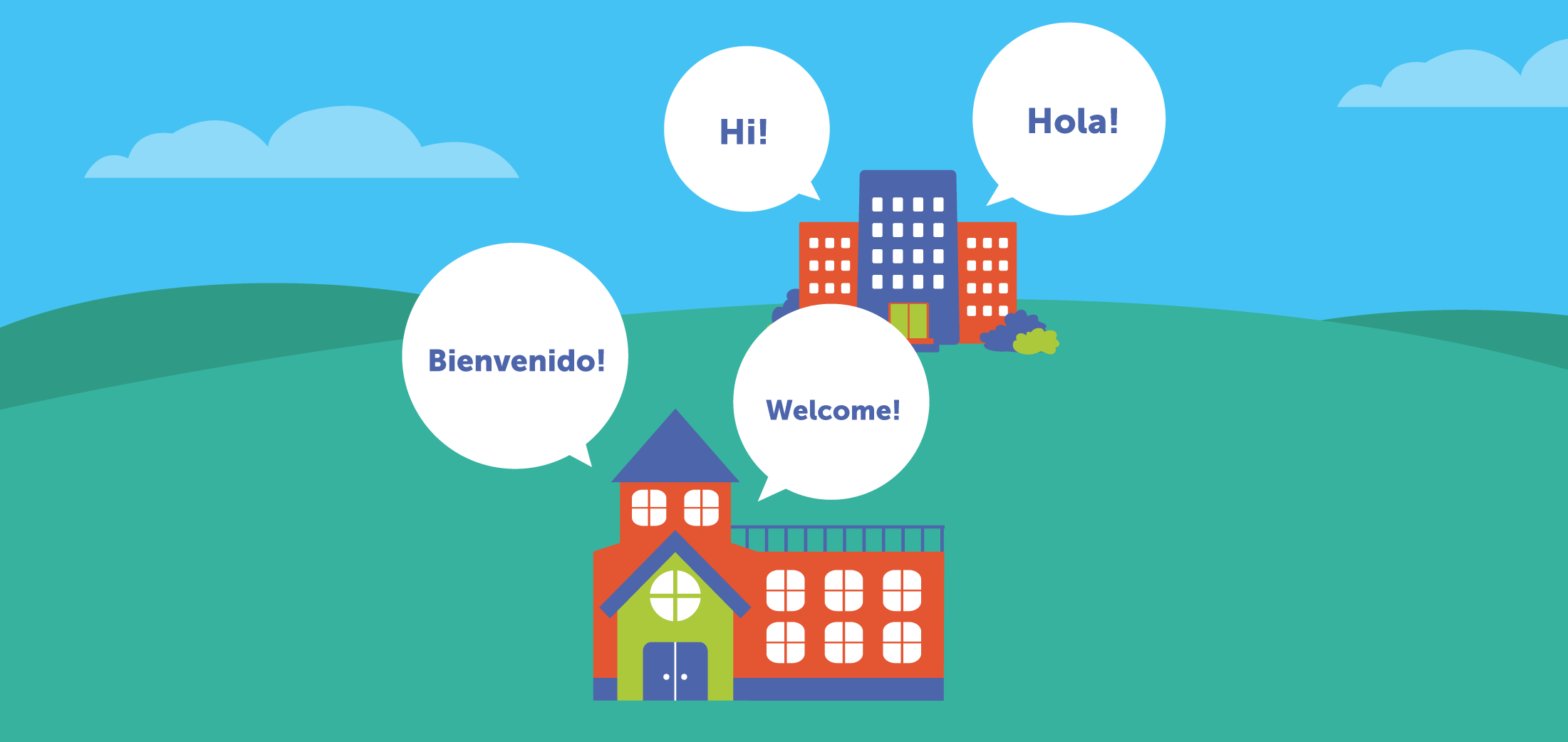

Bernard leads language learning and teacher development for Highline Public Schools in the Seattle metro area. Since 2008 he has led the establishment of 8 Dual Language programs, and has focused on developing long-term strategy to develop, recruit and retain excellent bilingual educators to reflect the community. His experience includes serving as the chair of Washington State’s Bilingual Education Advisory Committee, providing statewide advocacy with a range policy makers. Additionally, Bernard is engaged in a number of regional and statewide initiatives to develop and improve students’ access to high quality bilingual education. Since 2015, Bernard has also lead extensive work to support the induction of new teachers. He earned his B.A. degree at Seattle University in Political Science and History and his M.Ed from Boston College. Follow Bernard on Twitter at @Bernard.Koontz
By Asil Yassine
Bernard Koontz of Highline Public Schools asked, “What leadership moves can best support needed shifts in belief systems to fully value the potential of bilingualism, and understand it as a right for students?”
I’m reflecting on this question from a handful of angles, first and foremost as a bilingual learner myself. My first language is Arabic, and I steadily learned English through the support of ESL programming in elementary school. Additionally, I’m both a former educator of bilingual students and a former student of bilingual education expert Paola Uccelli.
I believe there is a lot of work to be done on a couple of fronts. First, school leaders need to understand the evidence that fostering bilingualism does not interfere with a student’s development of the English language. In fact, several meta-analyses have demonstrated that bolstering a student’s home language at school can actually support his academic success across the board, even more than English-only programs. But when I was teaching, I found that this research was misinterpreted or not fully understood. I think it’s important for school teams to recognize that well-designed and adequately-resourced bilingual programs can only do good for our kids’ academic growth.
The second shift involves recognizing that language is indeed tied to identity — and allowing students to explore, connect to, and develop their identities is potentially the strongest argument for understanding bilingualism as a right. I taught middle and high school math in Detroit for several years. Many of my former students had recently arrived from Yemen, and they would often have to shift to Arabic to describe to me the devastating war they had experienced, their journey to the United States, and their feelings about their new home. To this day, I also often resort to Arabic to fully express my emotions or thoughts because English simply doesn’t cut it. The culture’s deep history of oration and poetry has lent us hundreds of adjectives that we use to describe very specific parts of our identity. For my students and me, being able to swap these adjectives was invaluable. Our relationships grew stronger, which made learning more accessible. I imagine this can be true of speakers of other languages as well.
Finally, shifting beliefs about bilingualism requires intentionally listening to our students and their families. I think it would have been especially powerful if the school I taught in had devoted some of the energy we put into traditional teacher-led conferences and events to community-driven events instead. Research on family engagement in education, including work from Karen Mapp, has confirmed the transformative power of deep partnership with a school’s larger community. Attending home visits, participating in holiday and cultural celebrations, and even spending time at a neighborhood recreation center are all things I wish I had done as a teacher because it would have put me on the listening side, rather than the talking side. An emphasis on listening can allow teachers and school leaders to clearly see the relationship between language, identity, and community.
This answer was developed in partnership with Usable Knowledge at the Harvard Graduate School of Education.
A SEDL publication and framework by Karen L. Mapp and Paul J. Kuttner
Colorín Colorado article by Dr. Fred Genesee

Asil Yassine studied language and literacy at the Harvard Graduate School of Education (HGSE). She is a former middle and high school math teacher and will be a teaching fellow this fall at HGSE.